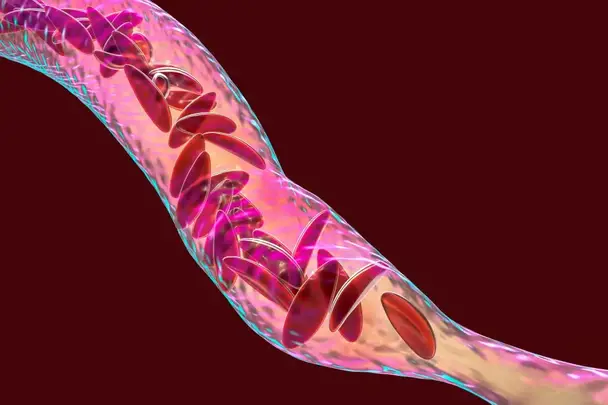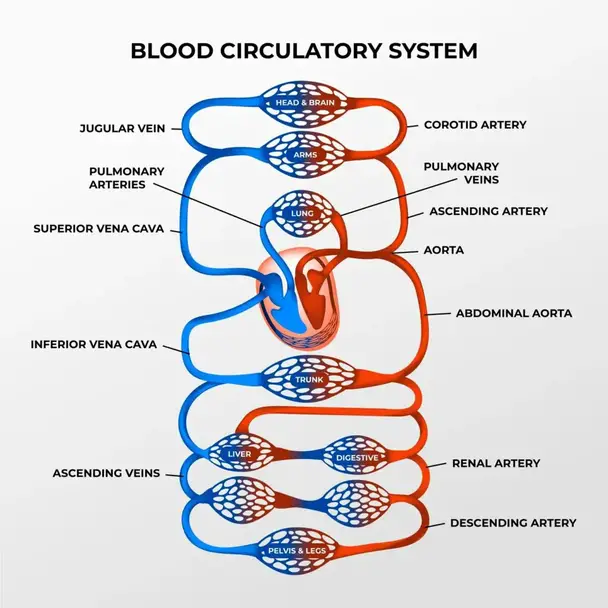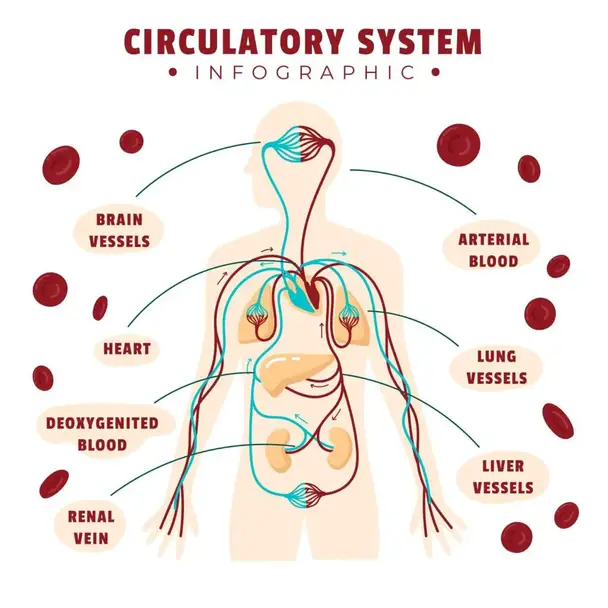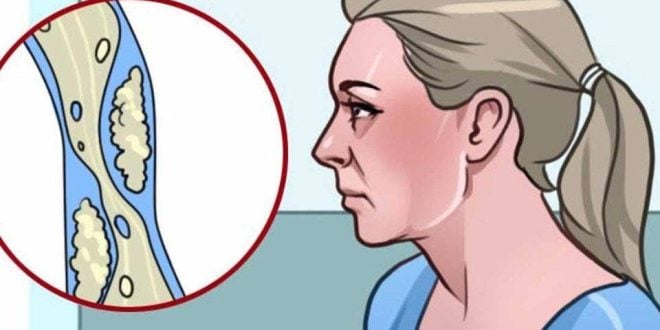Poor blood circulation can cause a variety of health problems, some of which should never be ignored. Recognizing these signs early can help you address underlying health concerns and maintain your overall well-being. Here’s a guide to identifying the signs of poor blood circulation and what you can do about them.

What Causes Poor Blood Circulation?
Proper blood flow ensures that oxygen and essential nutrients are delivered throughout the body, allowing organs and tissues to function optimally. However, when circulation is impaired, it can lead to discomfort and long-term health problems. Understanding the signs of poor blood circulation can help you seek timely intervention and prevent complications.

1. Numbness and Tingling
One of the most common signs of poor blood circulation is experiencing numbness or tingling, especially in the fingers or toes. This occurs when restricted blood flow prevents oxygen and nutrients from reaching the affected areas.
2. Cold Extremities
Constantly cold hands and feet are another sign that your blood isn’t adequately circulating. This can be more noticeable in colder weather and is often linked to restricted blood flow.
3. Swelling
Swelling, particularly in the lower extremities such as the legs and ankles, may occur when blood flow is limited. This can lead to fluid leakage from blood vessels, resulting in noticeable puffiness.
4. Fatigue and Lack of Energy
Inadequate circulation can leave you feeling unusually tired or lethargic, even after a good night’s sleep. When muscles and tissues don’t receive sufficient oxygen, you may experience chronic fatigue.
5. Skin Discoloration
Changes in skin color, such as a bluish or purplish hue, can indicate reduced oxygen levels in the blood. This is a subtle yet crucial warning sign that warrants medical attention.
6. Varicose Veins
Bulging, enlarged veins—especially in the legs—are another visible indication. Poor circulation causes veins to become overfilled with blood, leading to varicose veins.

7. Slow Healing of Wounds
If minor cuts or injuries take longer than usual to heal, it could point to circulation issues. Efficient blood flow is critical for wound healing and recovery.
8. Cognitive Issues
Reduced blood flow to the brain can result in difficulty concentrating or memory lapses, further emphasizing the importance of recognizing the signs of poor blood circulation.
9. Digestive Problems
Frequent issues like bloating or stomach pain could be linked to impaired circulation, affecting how digestive organs function.
10. Cramping and Pain
Frequent leg cramps, particularly after physical activity, may occur when blood flow is restricted. This condition, known as claudication, should not be ignored.
Please SHARE this article with your friends and family on Facebook.
 Viral Hatch US/UK No.1 News Portal
Viral Hatch US/UK No.1 News Portal







